SUTAINABILITY IN ARCHITECTURE
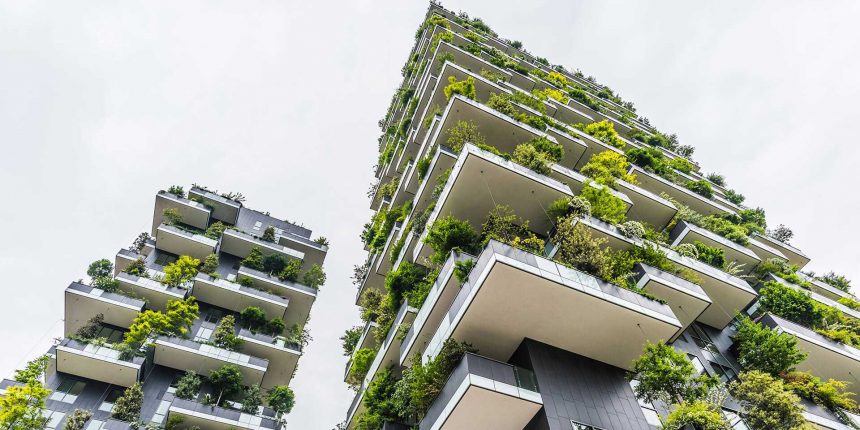
CONCEPTS:
+Three pillars: Economic, Social & Environmental.
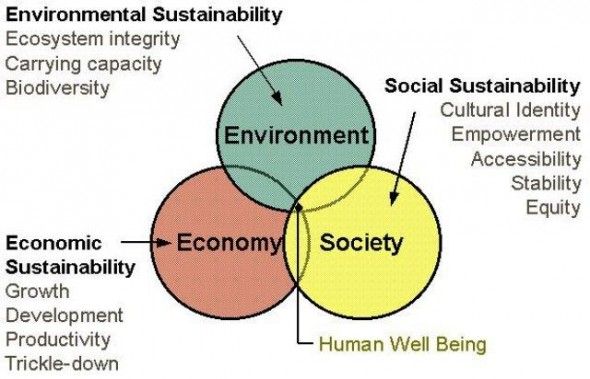
*Circular economy: focuses on the resource cycle and is a model based on the reuse, repair, remanufacturing and recycling of materials and products, against the use of virgin raw materials.
*Green economy: improves human well-being and social equity, reduces environmental risks, and is resource-efficient. It is a model that integrates the social dimension and the conservation of ecosystems.
+Four operational principles:
-Impact of human beings

-Use of renewable resources
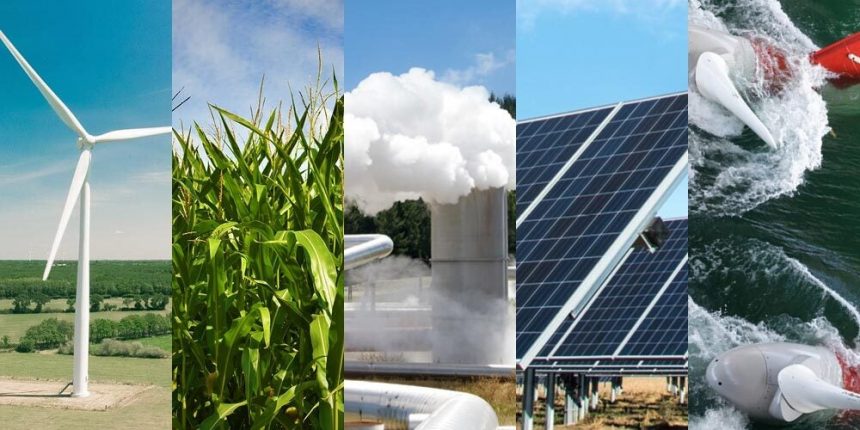
-Use of non-renewable resources equal renewable resources

-Emission into the environment

+3 R:
-Reduce: consumption of scare materials and non-renewable energy.
-Reuse: in the scene of remodeling, rehabilitate, reuse the existing.
-Recycle: is to transform materials taht allow another use in the production cycle.
HEALTHY BUILDINGS:
The buildings must allow: a correct evapotranspiration, an exchange with thermal radiation, with the natural light,…
+Psychological aspects: the relation with nature influences positively on the superior nervous functions, determining sensations of well-being.

+Sick Building Syndrome: is that set of symptoms (skin reactions, headaches, nausea, eye irritations, and respiratory tract, tiredness, irritability, vertigo…) that can degenerate into a state of chronic illness.
CLIMATE-HUMANE BEING:
The energy and health of human being largely depend on the direct effects of the environment in which he lives. the atmospheric condition stimulate or deprees the physical and mental work of the mas. That conditions are at an optimum point within a range of specific climatic conditions.
The main elements of the climate environmet that influence human comfort are: the temperature of the air, the radiation, thermal emission, the movemetn of the air & the relative humidity.

In addition to the environmental problems, the great industrial development has led to the loos of skills and know-how accumulated over centuries.
BIO-ARCHITECTURE:
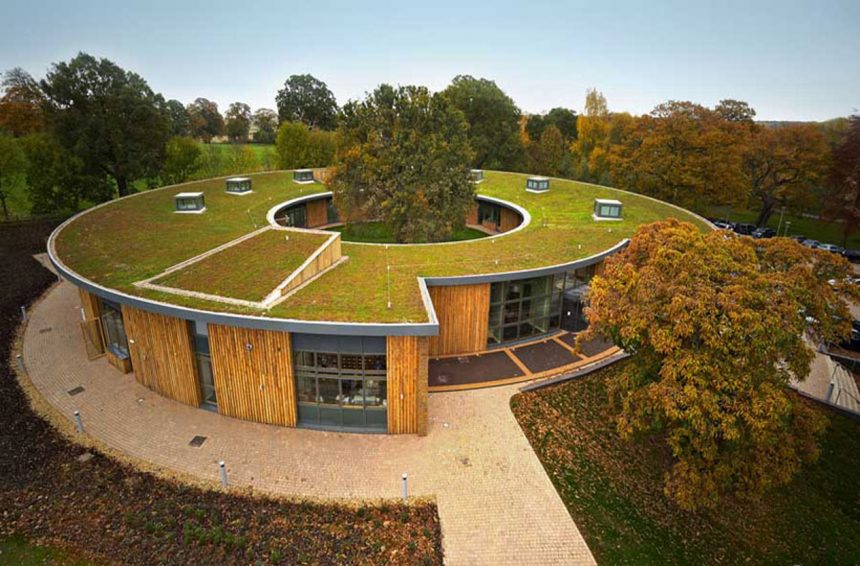
+Baubiologie aims to minimize the negative impacts of constructions both on the health of the occupants and the environment. People-centered, energy-efficient buildings with functional and flexible spaces, using safe and recyclable materials, respecting the territory and its identity.
-Characteristics: attention to insulation and thermal inertia, passive installations, water savings and recovery, healthy materials, acoustic and sunlight control, natural lighting, and ventilation, open spaces.
+Bioclimatic represents a working method that directs the project to achieve sustainability and bio-architecture objectives.
CONSTRUCTIVE SOLUTIONS:
The control of the micro-climate in the different seasons can be obtained with passive and sustainable measures, and therefore sustainable, as simple as:
+Hindering direct solar irradiation throught windows
+Adequate orientation of the building
+Type of building favoring natural cross-ventilation.
+The use of clear finishes to promote reflection
+Thermal inertia of the building
MATERIALS:
Traditional materials, experiencied over the centuries in traditional architecture, guarantee conditions of greater wholesomeness and well-being compared to synthetic materials.
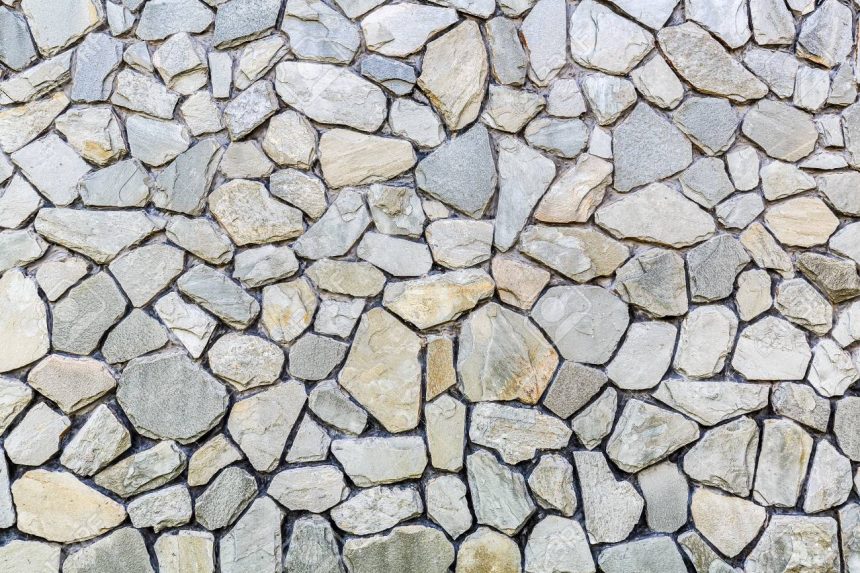

LET’S NOT BE FOOLED:
Biomorphism is used as the most consistent project option with bioarchitecture. But not a bio form is guarantee of a bio essence, nor the traditional forms, materials and techniques are unnatural.
The globalization of sustainable constructive solutions that are applied indiscriminately in many contexts does not consider the cultural aspects, local materials, the specific environmental conditions of each site.
The use of “natural” materials as decorative resource for an exclusively aesthetic reason or for efficient installations that are neither dimensioned nor functional reveal a superficial approach to sustainability.
“Recycled” has become a very common term within sustainability architecture, but there are plenty of options more eco-friendly than recycling, such as rehabilitate, re-use, recover…